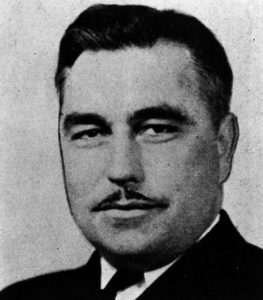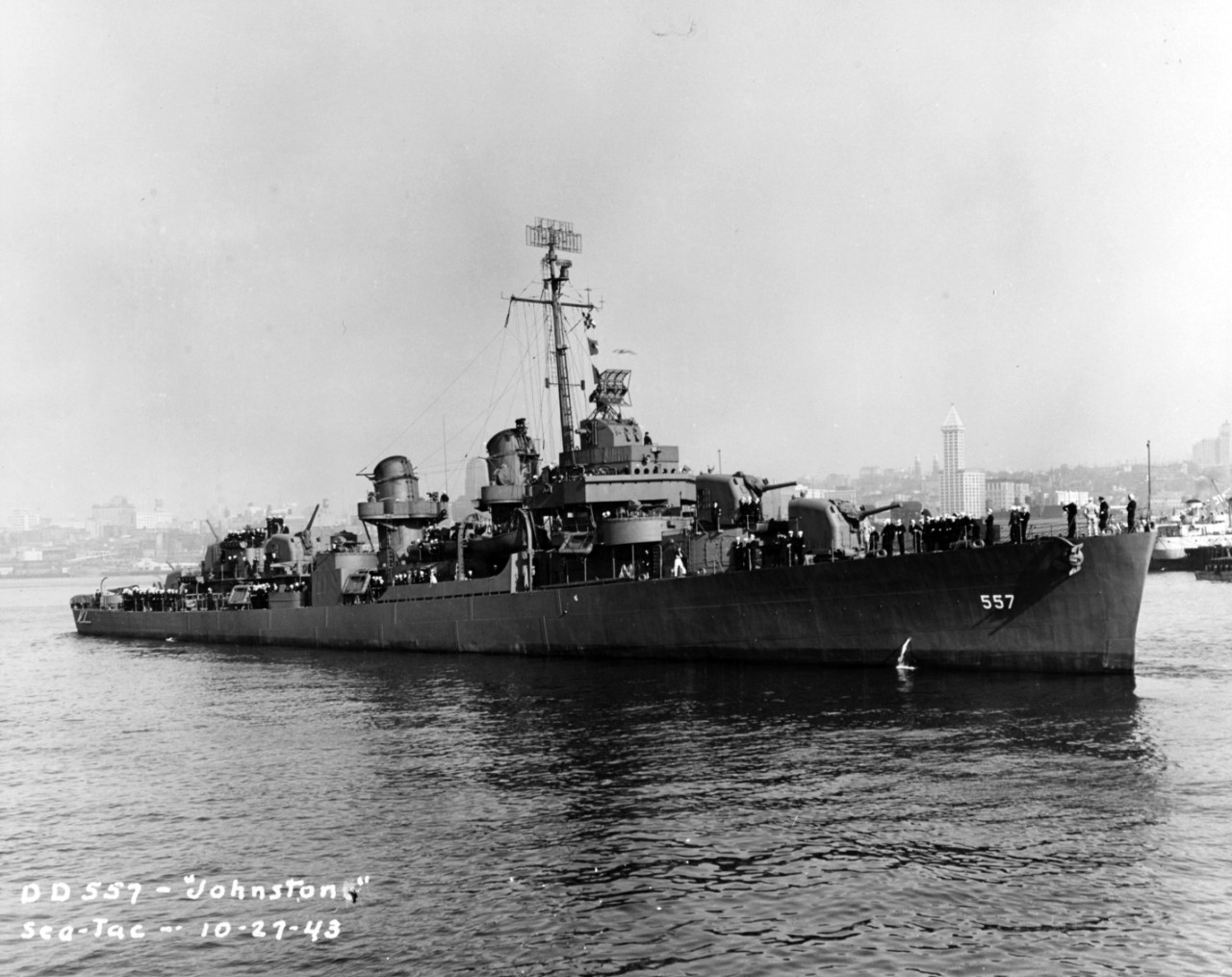A shipwreck in the Philippine Sea is the deepest in history to be found.
A large part of the USS Johnston was discovered by two former US Navy officers 21,180 feet under the surface. The Fletcher-class destroyer sank on October 25, 1944, during the Battle of Leyte Gulf in World War II.
A remotely operated vehicle found what were believed to be portions of the wreck in 2019. That vehicle could only dive to 20,000 feet, so it was unable to locate the rest of the wreck. Researchers were uncertain whether the pieces belonged to the Johnston or another ship, the Hoel, which sank in the same battle.
A Deeper dive to find the ship
The latest find is the bow, bridge, and midsection of the Johnston. The “557” painted on the Johnston’s hull is plainly visible in video footage released by Caladan Oceanic and the Naval History and Heritage Command.
Retired Rear Admiral Sam Cox, the director of the Naval History and Heritage Command, said that he was impressed with the video of the wreckage and is looking forward to the data that will be collected from the site. He considers the crew of the Johnston to be a worthy example of “honor, courage, commitment, and valor.”
Funding for the mission was provided by retired Navy Commander Victor Vescovo, the founder of Caladan Oceanic.
Vescovo piloted a remote-operated submersible vehicle in two eight-hour dives. The robotic submersible is untethered to anything on the surface and has no limitations in regards to depth. It has high-definition and 4K cameras onboard to record the wrecks it encounters.
Vescovo said that he considers the work to be important. This is why he funded the mission himself and why the data will be provided to the Navy at no cost.
Caladan Oceanic worked closely with Naval History and Heritage Command to make sure the site was treated with proper respect and preserved as-is, since the site is the resting place for 186 sailors who went down with the ship.
Per Caladan Oceanic, nothing was taken from the site and no clothing or human remains were discovered.
Lt. Commander Parks Stephenson studied the position of the wreck using data from both US and Japanese accounts of the naval battle. The dive plans were then developed based on his research.
The sinking of the USS Johnston
The Johnston was commanded by Commander Ernest Evans. He was one of the sailors who were lost with the ship. He received the Medal of Honor posthumously.

The US forces near Samar were overmatched by the Japanese naval forces that attacked them. Evans joined his men on the deck to provide fire support while the ship was attacked by Japanese torpedoes and shells.
Even after losing engine power and communications, Evans continued to issue commands through an open hatch to men who were turning the rudder by hand.
After three hours of combat, a burning and shuddering Johnston was surrounded by enemy forces. Evans gave the order to abandon ship. The ship then rolled over and sank.
